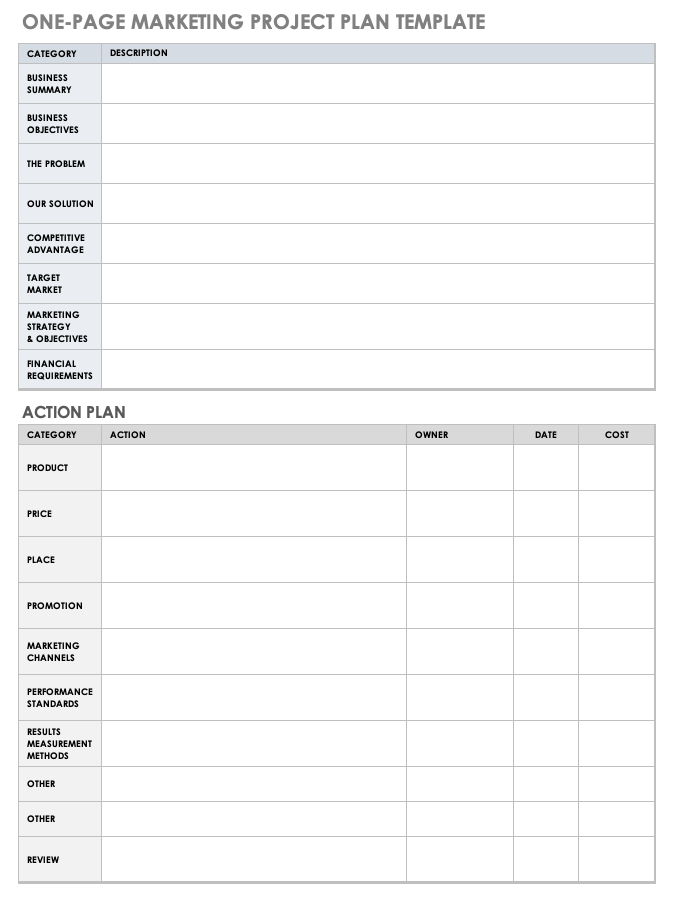
No matter what those objectives are, each of the three major benefits listed above should contribute positively to the bottom line. If you really want to impress, try customizing your approach to specifically address how ABM will influence the company’s big picture business objectives. Map business goals directly to account-based marketing According to research from SiriusDecisions, 80 percent of marketers said win-rates were higher among ABM accounts. Close deals faster: The focused pursuit of target accounts can translate to higher win-rates and a shorter sales cycle.

Invest more efficiently: Forget about the spray and pray-ABM arms marketers with a data-driven, prioritized set of accounts to target, enabling them to better allocate their budgets.Align sales and marketing teams: With marketing and sales focused on the same target accounts, the company can run coordinated campaigns more likely to perform better.Highlight these three benefits to get that messaging across: The focused nature of ABM makes it an efficient revenue driver.

You can approach this step in two ways: Showcase the revenue potential of account-based marketing Above all else, you’ll want to frame your strategy as a way for the organization to achieve its goals (which is why we also spun upon the perfect ABM planning template for you).įor example, is the company trying to move up-market, expand into new verticals, or generate more SaaS revenue? Connecting your ABM goals to big picture business objectives will help you earn buy-in for these initiatives. The strength of your pitch starts with positioning. Step 1: Build the case for your account-based marketing plan STEP 5: Define how you'll measure the success of your account-based marketing project plan.STEP 4: Outline your account-based marketing project plan with program initiatives.STEP 3: Diagram your target audience throughout your entire account-based marketing plan.STEP 2: Embrace the idea of your account-based marketing project plan and demand gen working together.STEP 1: Build the case for your account-based marketing plan.An ABM plan puts a spotlight on the highest ROI possible per account, placing the attention on high-value rather than high-volume.Īnd to put a plan into action? You need to put it on paper, lay out the details, and get the team bought in - that’s what we’ll help you do.

The main goal is to turn these best-fit accounts into closed opportunities that will drive revenue. Simply put, an account-based marketing plan focuses on a B2B approach where marketing and sales teams work in unison to target best-fit accounts. Use it to plot your approach, position your plan, and convince your audience of what you already know. To help start your ABM journey strong-or strengthen your priorities for the coming year-here’s a five-step guide to creating a strategy built with internal selling in mind.

Whether you’re trying to sell stakeholders on adopting ABM for the first time or looking for a way to prove your current approach is sound, earning sustained buy-in can be tough at times.Īrticulating your vision and managing the details can be even tougher. As a B2B marketer, an account-based marketing project plan isn’t optional.


 0 kommentar(er)
0 kommentar(er)
